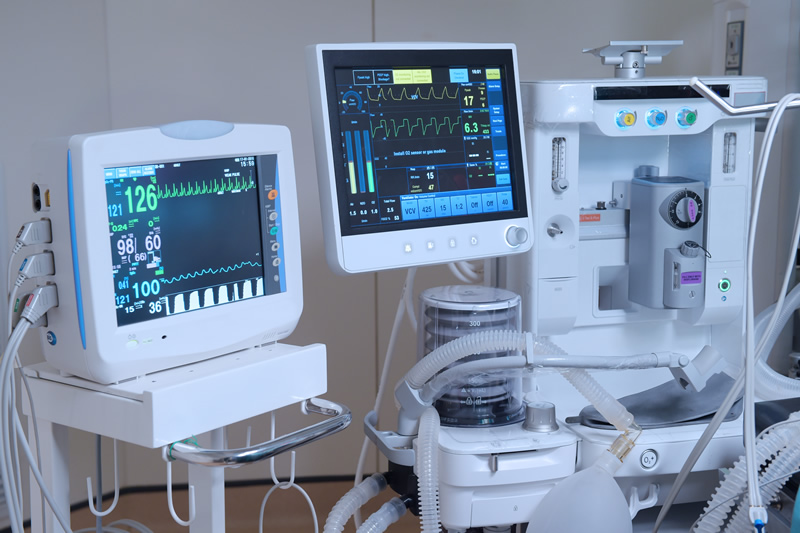The medical device industry faces a unique challenge: ensuring that critical documentation is accessible and comprehensible to users worldwide, regardless of their native language.
As medical technology advances and reaches diverse populations, the need for clear and accurate multilingual documentation becomes increasingly vital. From user manuals to product labels, every piece of documentation plays a crucial role in ensuring the safe and effective use of medical devices across different linguistic and cultural contexts.
In this comprehensive article, we’ll delve into the best practices for creating multilingual medical device documentation that breaks down language barriers while upholding regulatory standards and ensuring user safety, emphasizing the indispensable role of partnering with experienced translation agencies staffed with linguists trained in medical terminology.
Understanding the Importance of Multilingual Documentation
The significance of multilingual medical device documentation cannot be overstated. Access to clear and comprehensible instructions is essential for healthcare professionals, patients, and caregivers worldwide. Language barriers can lead to misunderstandings, errors, and, in worst cases, patient harm. Therefore, creating documentation that effectively communicates critical information in multiple languages is imperative for the safety and usability of medical devices.
Regulatory Requirements
Regulatory bodies such as the Food and Drug Administration (FDA) in the United States and the European Medicines Agency (EMA) in the European Union have stringent requirements regarding the language of medical device documentation. These regulations often mandate that instructions, labels, and other essential information be provided in the languages spoken by the target user population. Compliance with these regulations is non-negotiable for market access and ensuring patient safety.
Best Practices for Multilingual Medical Device Documentation
- Invest in Professional Translation Services: Utilize the expertise of professional translators who are fluent in both the source and target languages, as well as knowledgeable about medical terminology. Machine translation may be tempting for its cost-effectiveness, but it often fails to capture the nuances and context necessary for accurate medical documentation.
- Precision and Accuracy: Medical device documentation demands precision and accuracy to safeguard patient safety and regulatory compliance. Linguistic nuances and medical terminology intricacies require the expertise of seasoned translators who specialize in the healthcare domain.
- Cultural Sensitivity: Consider cultural differences and nuances when translating medical device documentation. Certain symbols, colors, or phrases may carry different meanings in various cultures. Adapting content to align with cultural norms and sensitivities enhances user comprehension and acceptance.
- Streamlined Content: Keep the content concise, clear, and easy to understand. Avoid jargon, complex language, or unnecessary technical details that may confuse users. Use simple language and straightforward instructions to facilitate comprehension across different proficiency levels.
- Consistency Across Languages: Maintain consistency in terminology, formatting, and style across all language versions of the documentation. Consistency promotes clarity and reduces the risk of confusion or errors during translation and usage.
- Quality Assurance Processes: Reputable translation agencies adhere to rigorous quality assurance processes to maintain the highest standards of accuracy and consistency. Through meticulous review and proofreading, they ensure that multilingual documentation meets or exceeds industry benchmarks.
- Localized Graphics and Symbols: Ensure that diagrams, illustrations, and symbols used in the documentation are culturally appropriate and easily understood by users from different linguistic backgrounds. Localizing visual elements enhances communication and facilitates comprehension.
- Customized Solutions: Translation agencies tailor their services to meet the specific needs of medical device manufacturers, providing customized solutions for diverse documentation requirements. Whether translating user manuals, labels, or regulatory submissions, they offer comprehensive language support across all facets of medical device documentation.
- User Testing and Feedback: Conduct user testing with representatives from the target language groups to evaluate the effectiveness and usability of the translated documentation. Solicit feedback to identify any areas for improvement or clarification.
- Timely Delivery: With stringent timelines and deadlines, timely delivery of translated documentation is essential for product launches and regulatory submissions. Experienced translation agencies prioritize prompt turnaround times without compromising on quality, enabling manufacturers to meet their project milestones with confidence.
- Update and Revise Regularly: Medical device technology evolves rapidly, and so should the associated documentation. Regularly update and revise multilingual documentation to reflect any changes in product specifications, usage instructions, or regulatory requirements.
- Training and Support Materials: Provide supplementary training materials and support resources in the user’s language to complement the written documentation. Training sessions conducted in the local language help users develop a deeper understanding of device operation and usage protocols.
Conclusion
Multilingual medical device documentation is a cornerstone of patient safety, regulatory compliance, and user satisfaction in the global healthcare landscape. By adhering to best practices such as professional translation, cultural sensitivity, consistency, and user feedback, manufacturers can ensure that their documentation effectively communicates critical information across linguistic and cultural boundaries.
Investing in high-quality multilingual documentation not only enhances user experience but also fosters trust and confidence in medical devices worldwide. As the industry continues to expand into diverse markets, prioritizing multilingual communication is essential for breaking down barriers and promoting universal access to safe and effective healthcare technologies. In the pursuit of global healthcare excellence, collaboration with agencies like TrueLanguage and Powerling that have the experience and expertise to manage these projects is not just an option but an indispensable imperative for success.


